Tag: Knudepunkt
-

Nordic Larp is not ”International Larp”: What is KP for?
in
International larp is a tremendous thing, and it deserves to thrive and grow. But not at the expense of the Nordic larp that it borrows so heavily from.
-
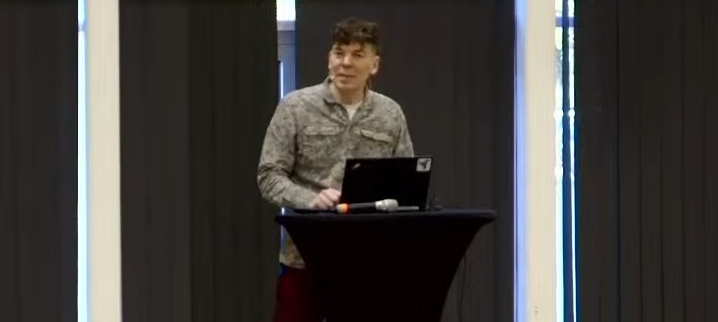
Jaakko Stenros: Retrospective: Documentation, Community, and Research
in
In the Knutepunkt scene there is a history of larp designers and producers giving retrospectives, where they discuss all of their work. In this talk, here presented in two parts, Dr Stenros takes that format and expands it to other aspects of the community. He gives an overview of the work he has done around
-
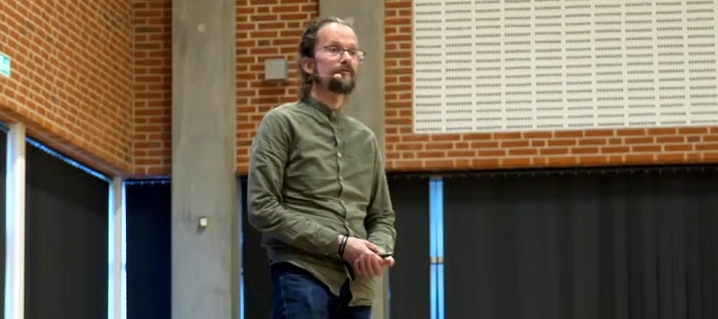
Elements of Larp Design
in
What is it larp designers actually design? How do players actually respond to design decisions? Are there any truths that apply to all the different kinds of larp design? Eirik Fatland presents his unpublished yet influential mid-level theory.
-
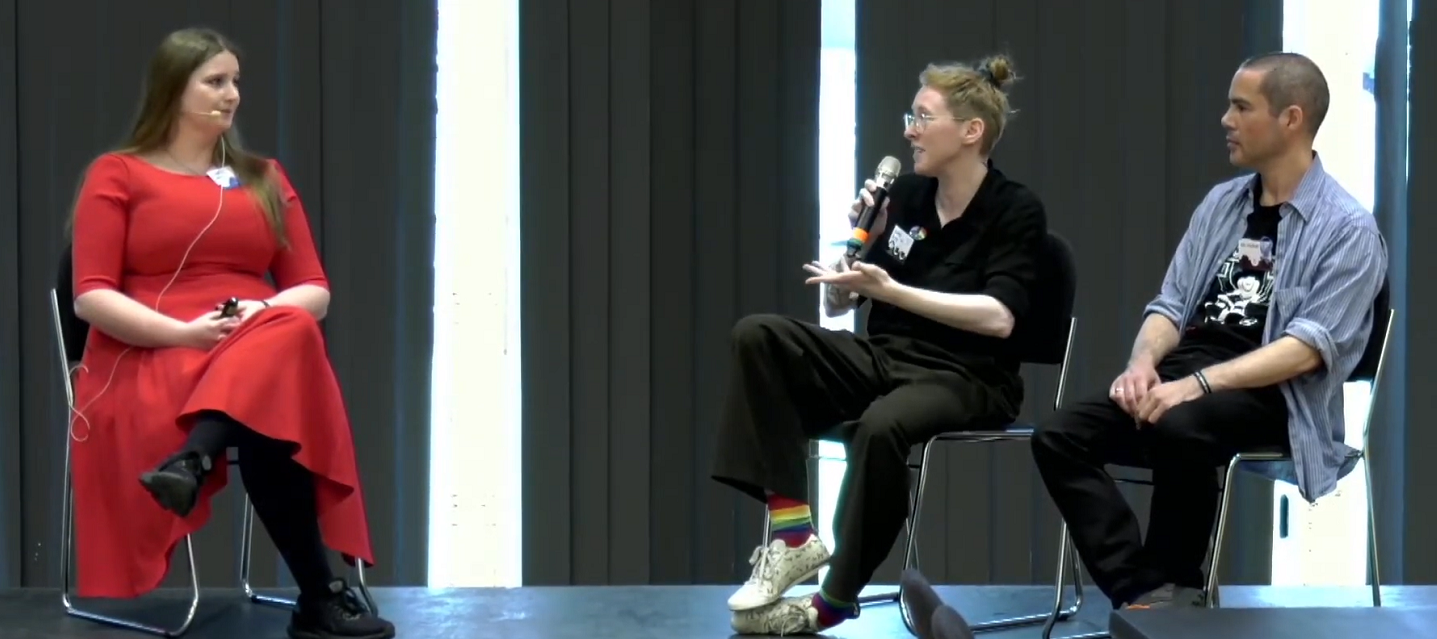
Bringing Larp to the Larpers
Katrine Wind has worked with local producers to re-run Daemon in different countries. In this presentation she shares her experiences together with some of the collaborators: Sandy Bailly who is the producer of the Belgian run and Mo Holkar who is the safety person.
-

Solmukohta 2020 Summary
Solmukohta 2020, the Finnish edition of the international Nordic larp conference Knutepunkt, is over and you can find all the talks here.
-
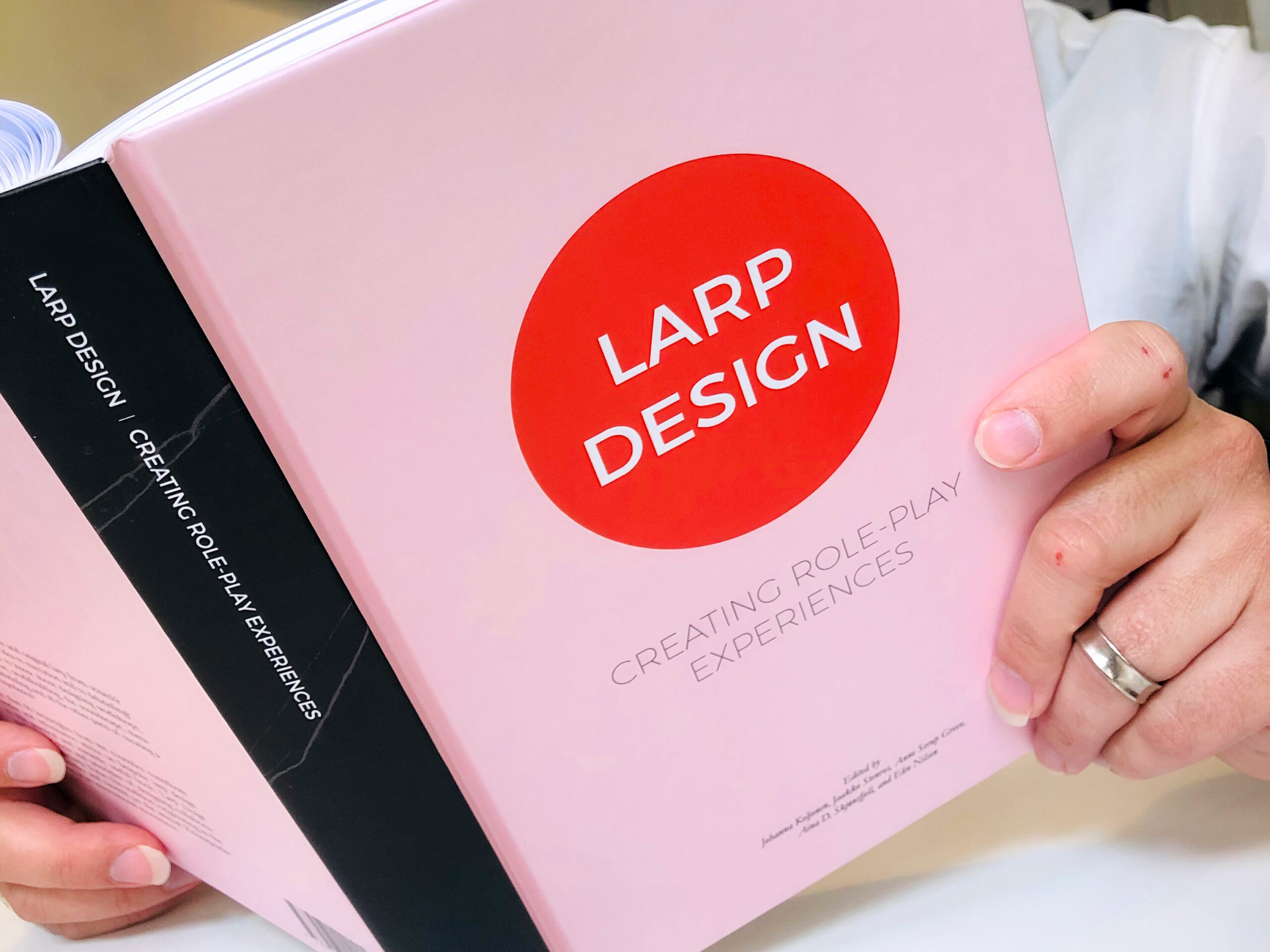
Larp Design Glossary
in
The original version of this glossary was published in the 2019 book Larp Design: Creating Role-Play Experiences. 360° illusion Larp design idea where what you see is what you get. The environment is perceived as authentic, everything works as it should affording participants to engage in authentic activity for real, and participants perform immersive role-play.
-
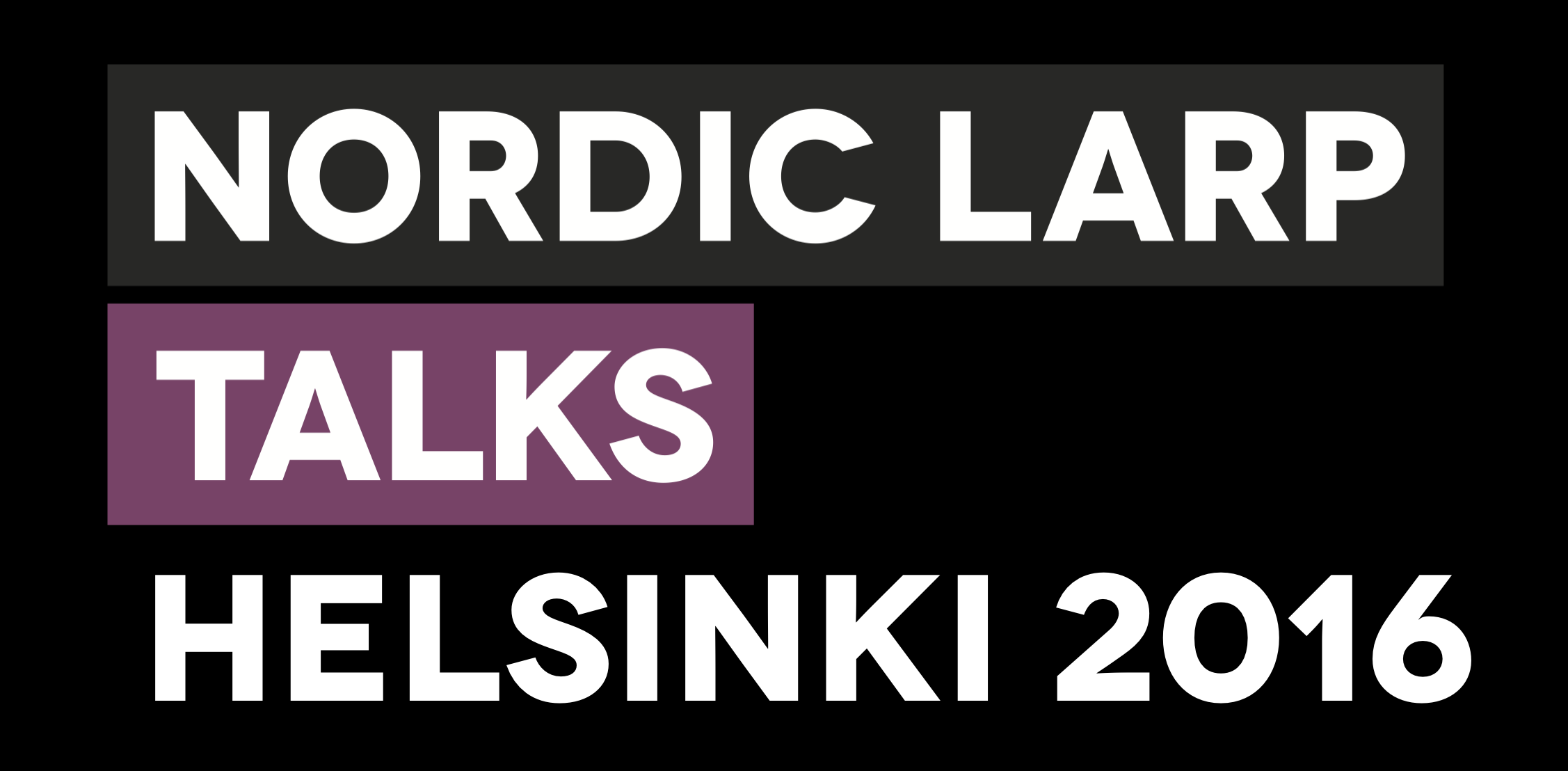
Nordic Larp Talks Helsinki 2016
in
Nordic Larp Talks is a series of short, entertaining, thought-provoking and mind-boggling lectures about projects and ideas from the tradition of Nordic Larp. This year Nordic Larp Talks will be hosted in Helsinki, Tuesday March 8th at 19:00 and you are of course more than welcome to join us! The event will be held at Aalto University School